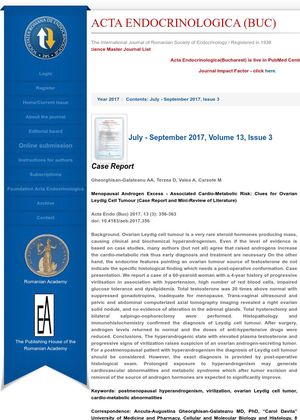TLDR High androgen levels in postmenopausal women may suggest an ovarian tumor, and removing it can improve heart and metabolic health.
The 2017 document "Menopausal Androgen Excess - Associated Cardio-Metabolic Risk: Clues for Ovarian Leydig Cell Tumour" presented a case study of a 60-year-old woman with a history of progressive virilisation, hypertension, high red blood cell count, impaired glucose tolerance, and dyslipidemia. Her testosterone levels were 20 times above normal, and a right ovarian solid nodule was discovered. After a total hysterectomy and bilateral salpingo-oophorectomy, a Leydig cell tumour was confirmed. Post-surgery, her androgen levels normalized and her anti-hypertensive medication doses were reduced. The study concluded that for postmenopausal patients with hyperandrogenism, a Leydig cell tumour should be considered. Prolonged exposure to hyperandrogenism may generate cardiovascular abnormalities and metabolic syndrome, which are expected to significantly improve after tumor excision and removal of the source of androgen hormones.
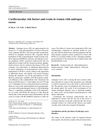 31 citations
,
November 2014 in “Journal of Endocrinological Investigation”
31 citations
,
November 2014 in “Journal of Endocrinological Investigation” Women with androgen excess, especially those with PCOS, have a much higher risk of heart disease and stroke.
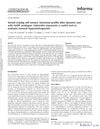 5 citations
,
October 2014 in “Gynecological Endocrinology”
5 citations
,
October 2014 in “Gynecological Endocrinology” Triptorelin helps evaluate hormone production in Sertoli-Leydig cell tumors.
84 citations
,
September 2014 in “European journal of endocrinology” Doctors should check for serious tumor causes of high androgen levels in postmenopausal women and more research is needed on this condition.
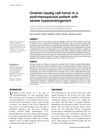 22 citations
,
February 2014 in “Arquivos Brasileiros De Endocrinologia E Metabologia”
22 citations
,
February 2014 in “Arquivos Brasileiros De Endocrinologia E Metabologia” An 81-year-old woman's severe male hormone symptoms were caused by an ovarian tumor, which was treated with surgery.
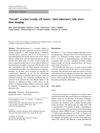 5 citations
,
October 2013 in “Endocrine”
5 citations
,
October 2013 in “Endocrine” Blood tests can detect ovarian Leydig cell tumors when scans don't, and surgery can confirm and treat these tumors.
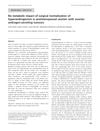 17 citations
,
May 2012 in “Clinical Endocrinology”
17 citations
,
May 2012 in “Clinical Endocrinology” Surgery to lower high testosterone in postmenopausal women with certain ovarian tumors doesn't significantly affect their metabolism.
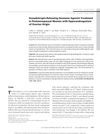 36 citations
,
May 2011 in “The Journal of Clinical Endocrinology & Metabolism”
36 citations
,
May 2011 in “The Journal of Clinical Endocrinology & Metabolism” Treatment with a hormone agonist can reduce excess male hormones in postmenopausal women without surgery.
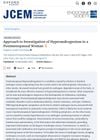 November 2022 in “The Journal of Clinical Endocrinology and Metabolism”
November 2022 in “The Journal of Clinical Endocrinology and Metabolism” Postmenopausal hyperandrogenism, a condition with symptoms like increased hair growth and acne, is usually caused by PCOS but can also be due to other factors. It's diagnosed by checking testosterone levels and treated either by removing the adrenal tumor or through antiandrogen therapy.
Hyperandrogenism is diagnosed using clinical signs, lab tests, and imaging.
